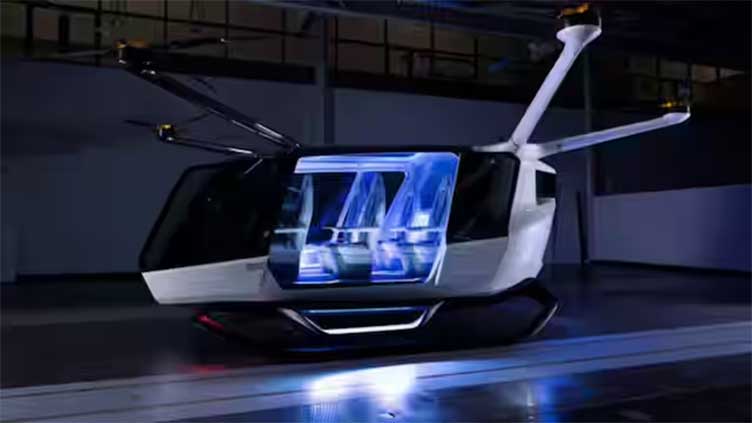Hydrogen-powered flying taxi covers 561 miles in US

Technology
Here's when its commercial version will come in US
(Web Desk) - In the world of science fiction, flying cars have long been a dominant feature as humans have wondered when they will become a part of our real life.
However, now with the invention and successful testing of flying taxis, flying cars do not appear as a dream but something that will soon turn into reality.
A flying taxi, which was powered by hydrogen, covered a record 561 miles (902km) when it flew over California.
This flying car has been created by Joby Aviation and has been fueled by hydrogen which means it does not produce any emissions apart from the water vapour.
Speaking about the flying car, founder and CEO of Joby JoeBen Bevirt said, "Imagine being able to fly from San Francisco to San Diego, Boston to Baltimore, or Nashville to New Orleans without the need to go to an airport and with no emissions except water. That world is closer than ever."
ALL ABOUT THE FLYING TAXI
The US military had partly funded the air taxi which is powered by six propellers that gave it the ability to take off as well as land vertically like a helicopter.
Once the taxi takes off, its propellers rotate from a vertical to a horizontal position that allows the taxi to fly ahead similar to a traditional fixed-wing aircraft.
The taxi's adaptable capacity allows it to accommodate four passengers at a speed of 200 miles per hour (322kmph) or when flying in urban areas.
It is not the first time such an aircraft has been flown but this aircraft is unique because it is hydrogen which powers these propellers.
This spacecraft is an original all-electric aircraft's modified version which has been designed by Joby and has covered 25,000 miles (40,000 km) of test flights.
Leaving out electric systems or fossil fuels, Joby chose a hydrogen-electric power system for providing clean energy over longer flights.
The batteries of the craft have been replaced with a fuel cell which can hold nearly 40kg (88 lbs) of liquid hydrogen that can be converted into heat, electricity and water vapour in flight.
After the flight covered 523 miles, the company said that it still had 10 per cent of its fuel left.



